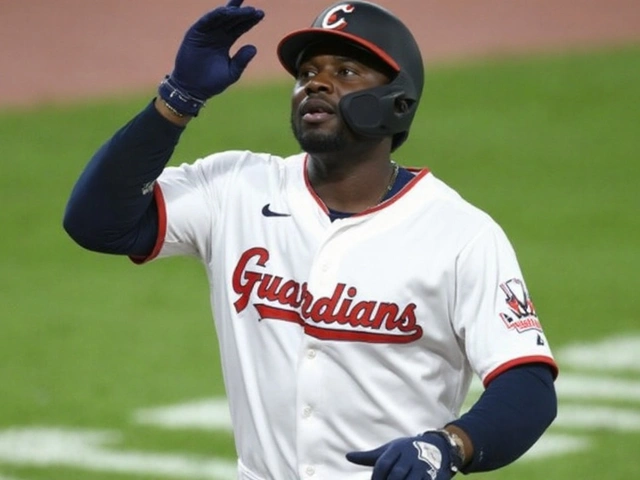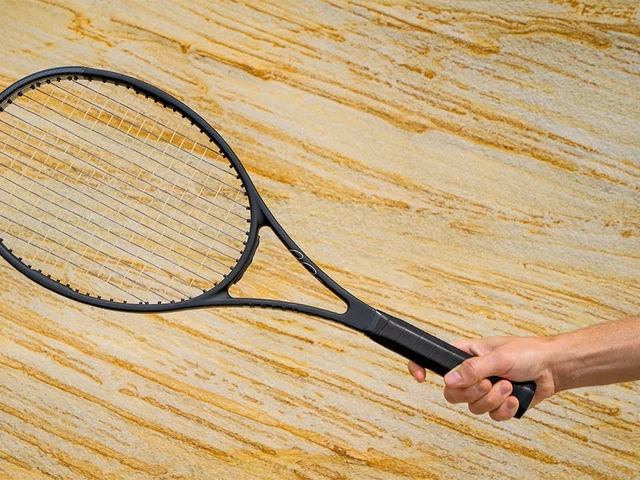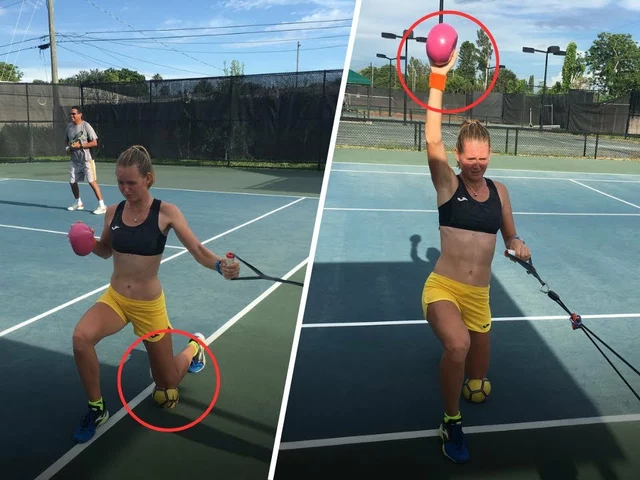Understanding the Different Types of Tennis Court Surfaces
Before we dive into the specifics of which tennis court surface is the hardest to play on, it's important to understand the different types of surfaces out there. These include grass courts, clay courts, hard courts, and carpet courts. Each of these surfaces has unique characteristics, influencing the speed and bounce of the ball. Thus, they have a direct impact on a player's game style and strategy.
Characteristics and Challenges of Grass Courts
Grass courts are the fastest type of tennis court. They are known for their low and sometimes unpredictable bounce, making it more difficult to return shots. This characteristic favors players with a strong serve and volley game. However, grass courts can be quite slippery, especially when wet, and this poses a risk of injury. Also, they require regular maintenance, making them less common than other types of courts.
Exploring the Nature of Clay Courts
Clay courts are slower than grass courts and provide a higher and more predictable bounce. This allows more time for players to reach the ball, favoring those with strong baseline games. However, clay courts can be challenging as they demand excellent physical conditioning and patience from players. The surface can also be quite slippery, which can affect a player's movement and footing.
Unveiling the Hard Courts
Hard courts are considered the most balanced type of tennis court surface. They provide a consistent bounce and are suitable for all styles of play. However, they can be tough on the body due to their hardness and unforgiving nature. This can lead to increased risk of injuries, particularly for players who play frequently or those with existing conditions. The bounce and speed of the ball on hard courts can be influenced by the amount and type of sand mixed into the paint coating.
Understanding the Rare Carpet Courts
Carpet courts are the least common type of tennis court. They are made of a removable court covering, providing a low bounce and fast play similar to grass courts. These courts can be challenging due to their rarity, meaning players often lack experience playing on them. They also require a strong serve and volley game to be successful.
Which Court Surface is the Hardest to Play On?
After exploring the characteristics of each type of tennis court, we can conclude that the hardest surface to play on can vary depending on the player's style, skills, and experience. For instance, a player with a strong serve and volley game might struggle on a clay court due to its slow speed and high bounce. On the other hand, a player who relies on baseline rallies might find a grass court challenging. Therefore, understanding the type of court and adjusting your game accordingly is key to success in tennis.





